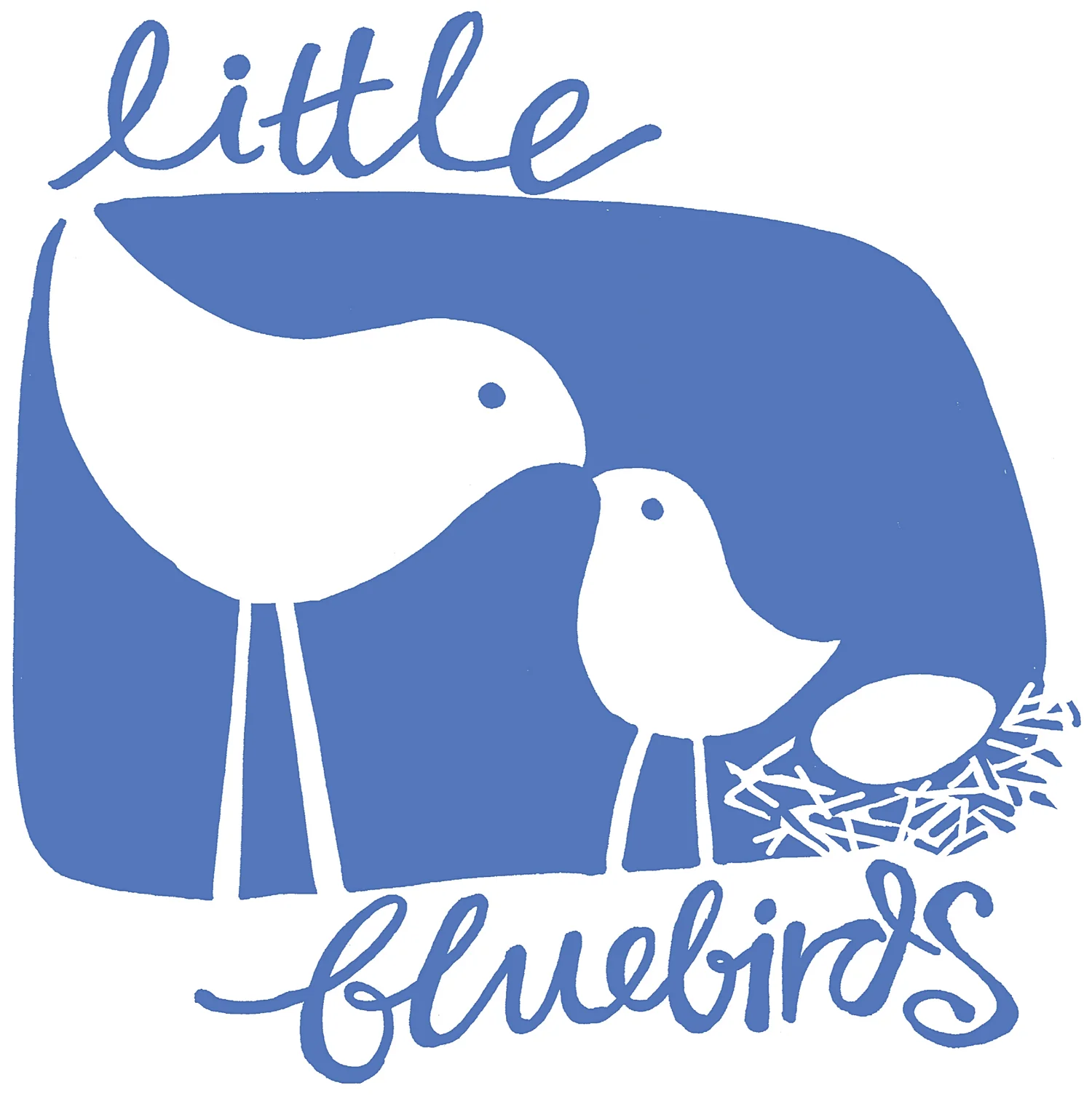Butterfly flutterby...
Have you noticed lots of butterflies around lately? There’s a little woodland in my area, backing onto my local gym. It’s traced by paths that are often used as part of our exercise circuit, and this morning as I jogged (okay… shuffled!) through I watched with delight as my footsteps seemed to disturb dozens of butterflies that must have been resting on the ground, and sent them fluttering to the air. You won’t see a single one in the photo above though… they moved far too quickly for that!
Butterflies seem like magical creatures, delicate and colourful. Those I saw today were gold and brown, probably the modestly named Common Brown Butterfly, but there are apparently about 400 species of butterflies in Australia. Not only are they very pretty, they play an important role in pollination, and their sensitivity makes them valuable indicators of ecosystem health and environmental change.
Many people encourage butterflies into their garden by planting butterfly friendly plants, and according to Maddie at Barwon Coast “no native Australian butterfly is known to be harmful to our garden plants”. In fact Barwon Coast published a guide to developing your own butterfly garden offering tips such as:
• Position plants in the sun.
• Consider plants that flower in sequence.
• Flat rocks, gravel pathway or pavers provide warmth for butterflies to bask.
• Use a flat container with damp sand in a sunny position to make a mud puddle for the butterfly to take up water and minerals.
• Group plants together according to the colour of the flowers to create nectar traps.
• Plant flowers with flat tops or clustered flowers, or short flower tubes.
Their complete list of butterfly friendly plants can be found on their website at www.barwoncoast.com.au or if you search Barwon Coast Butterflies.
Creating from nature
When you encourage your children to choose nature themes in their artwork you’re encouraging them to celebrate and become mindful about the natural world. As they draw and create butterflies they may be inspired to ask questions and learn more about these precious creatures.
Two easy butterfly art projects follow:
Blob & squash butterflies
Take a piece of paper and fold in half.
Invite your child to add some colourful blobs of paint onto one side only.
When it’s looking full enough they should fold the clean side over, and rub the back of the folded paper with their hands, squishing and moving the paint between the pages. Be quick with this stage - drying paint may eventually glue the pages together.
Unfold to reveal a symmetrical organic design with echoes of butterfly wings. These look lovely as they are, or can be developed further once dry by drawing or cutting wing shapes.
Concertina folded butterflies
Make these hanging butterflies from recycled magazines or catalogues, or recycle kids’ artwork. Some folding is required so adult fingers might be required. Make a whole bunch - they look fabulous hanging up together.
You’ll need:
2 squares of paper, one about the size of a slice of bread, one slightly larger (see pic below)
scissors
yarn or string
Take the larger square and fold it in half diagonally, then concertina each half. Fold in the middle and pinch centre firmly.
Take the smaller square, round off the corners with scissors, fold it in half diagonally then concertina each half. Fold in the middle and pinch centre firmly.
Place the 2 pairs of wings together with their folds touching. Wrap a piece of wool around the middle section a few times then tie in a double knot at the top. Leave a length to suspend the butterfly.










